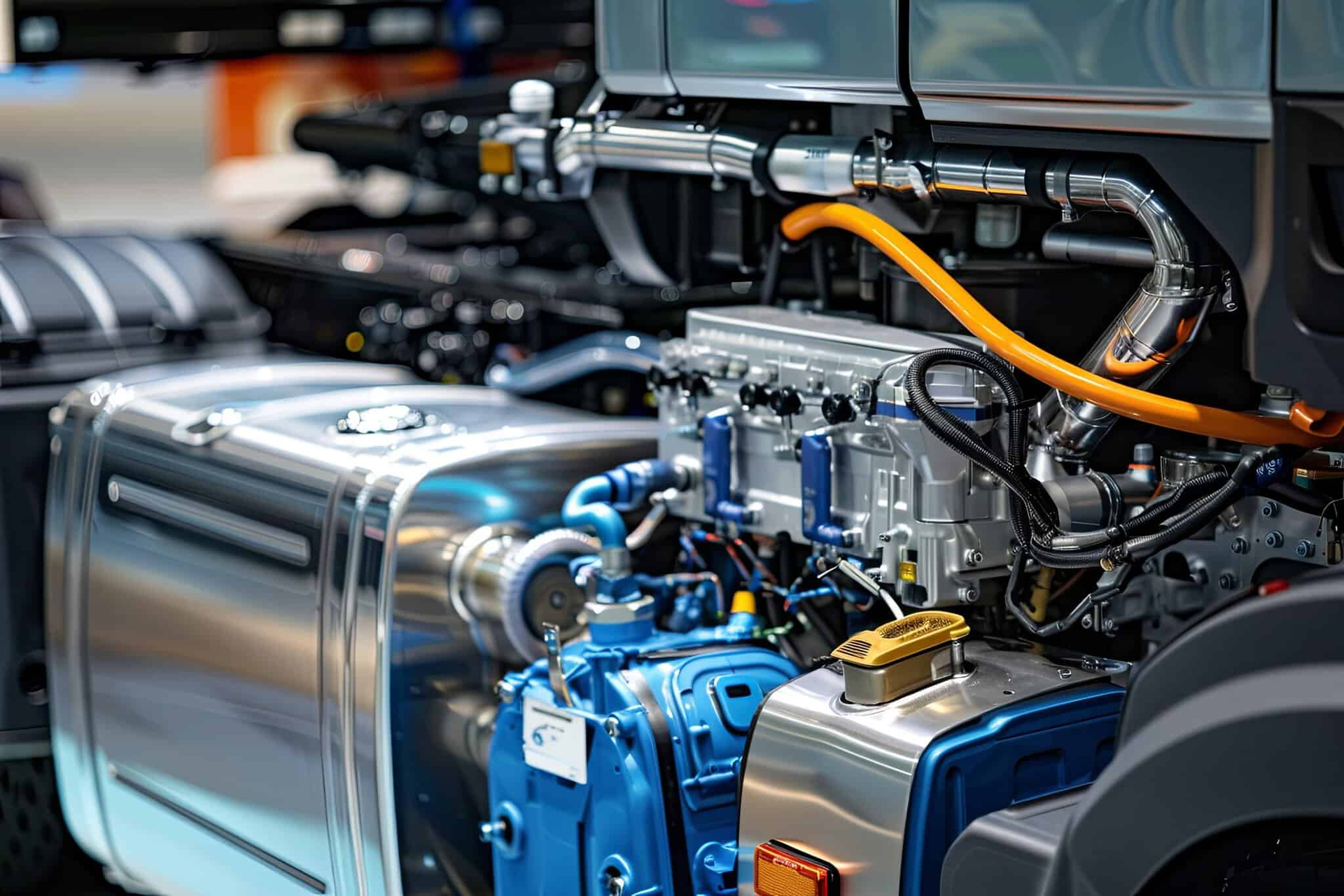Instances of lithium-ion battery explosions and fires continue to make headlines, highlighting the importance of understanding the risks associated with these powerful energy storage units. While such incidents are rare, they can be extremely dangerous and result in property damage, injuries, or even loss of life. It is crucial for users to follow best practices and safety measures to prevent such incidents from occurring.
Lithium-ion batteries can go into thermal runaway, a state in which the cell experiences uncontrollable self-heating. This can lead to the ejection of gas, shrapnel, and high temperatures, causing a fire hazard. To mitigate these risks, it is essential to handle lithium-ion batteries with caution and adhere to safety guidelines provided by experts and manufacturers.
Firstly, always use the cord or charger that came with the device to charge your lithium-ion battery. Aftermarket cords or chargers may not be compatible or meet safety standards, increasing the risk of overheating and thermal runaway. Additionally, avoid charging batteries in direct sunlight or at temperatures exceeding 105 degrees Fahrenheit, as elevated temperatures can accelerate the likelihood of a battery malfunction.
To ensure the safety of micro-mobility devices like electric bikes, only use products that have been designed, manufactured, and certified for compliance with applicable safety standards. Be attentive while charging these devices and never leave them unattended, especially when charging overnight. Follow the manufacturer’s instructions for proper charging and always unplug the device once the battery is fully charged.
It is crucial to use approved replacement battery packs that are compatible with the device. Never use a battery pack that has been modified or worked on by unqualified individuals or contains re-purposed or used cells. These alterations can compromise the safety and integrity of the battery, increasing the risk of thermal runaway.
Lastly, it is vital to dispose of lithium-ion batteries responsibly. Never throw them in the trash or general recycling as they can pose a serious environmental and safety hazard. Instead, take them to a local battery recycler or a hazardous waste collection center where they can be handled and disposed of properly.
By following these best practices and safety measures, users can play a vital role in preventing lithium-ion battery fires and ensuring the safety of themselves and those around them. Stay informed about battery safety guidelines, be vigilant when handling lithium-ion batteries, and take the necessary precautions to minimize the risk of thermal runaway and subsequent fires.
The lithium-ion battery industry is experiencing increased growth due to the rising demand for portable electronic devices, electric vehicles, and renewable energy storage systems. According to market forecasts, the global lithium-ion battery market is projected to reach a value of $106.36 billion by 2027, with a compound annual growth rate of 19.0% from 2020 to 2027.
One of the key drivers of this growth is the increasing adoption of electric vehicles (EVs). As countries strive to reduce carbon emissions and promote sustainable transportation, the demand for lithium-ion batteries for EVs is expected to surge. Furthermore, the growing popularity of smartphones, laptops, and other portable electronic devices is fueling the demand for smaller, more efficient lithium-ion batteries.
However, the industry also faces various challenges and issues. One major concern is the supply chain for lithium-ion battery materials. The extraction and processing of key raw materials such as lithium, cobalt, and nickel have raised environmental and social sustainability concerns, including potential human rights violations and ecological damage. Industry players are actively working on developing more sustainable sourcing practices and recycling programs to address these issues.
Another challenge is ensuring the safety of lithium-ion batteries throughout their lifecycle. As mentioned in the article, instances of battery explosions and fires have raised concerns about the safety of these energy storage units. Manufacturers are constantly improving battery design and implementing advanced safety features to minimize the risk of thermal runaway and improve overall battery safety.
To stay updated on industry trends, market forecasts, and other related information, you can visit reputable websites such as MarketsandMarkets and Grand View Research. These sources provide comprehensive reports and insights into the global lithium-ion battery market, including market size, growth factors, and future trends.
Overall, the lithium-ion battery industry offers significant opportunities for growth and innovation. However, it is important to address the associated risks, ensure safe practices, and prioritize sustainability to maximize the benefits of this rapidly evolving industry.















